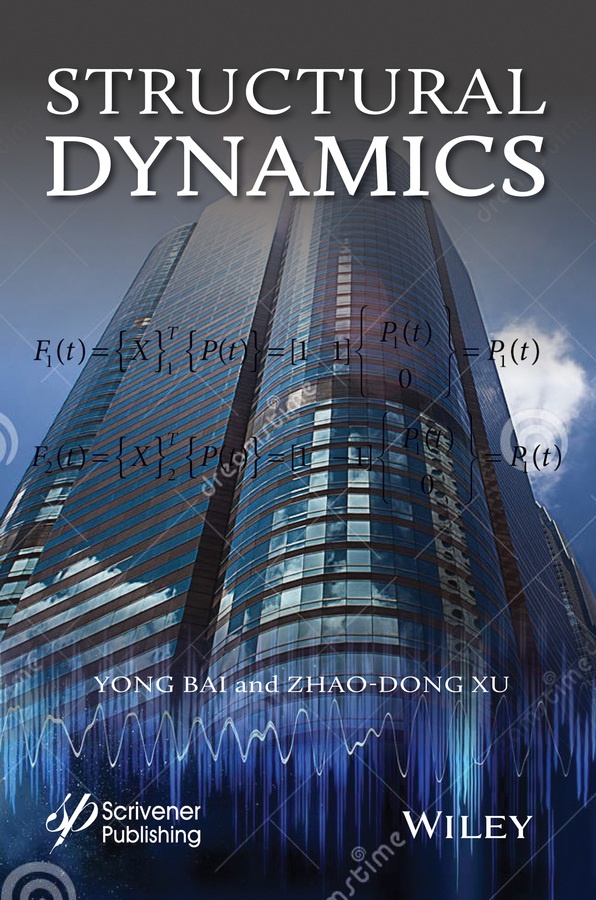The Dynamics Of Structural Analysis In Civil Infrastructure

Structural dynamics is a subfield of structural engineering that studies the behavior of structures subjected to dynamic loading, such as earthquakes, wind, and vibrations. It is a critical aspect of earthquake engineering and improving the safety of buildings and bridges. In this post, we will explore some frequently asked questions about structural dynamics.
What Are Some Basics of Structural Dynamics?
In structural dynamics, we study how a structure behaves under dynamic loads and how this affects its structural safety and integrity. A structure is considered to be dynamic if it is subjected to loading that changes with time. The dynamic loads can be either periodic or non-periodic and can be caused by various types of natural phenomena, such as earthquakes, wind, or waves in water bodies. By studying structural dynamics, engineers can design structures that can withstand dynamic forces and ensure their safety.
What Are Some Common Types of Dynamic Loads?
The most common types of dynamic loads that structures are subjected to include:
- Earthquakes: These are ground motions caused by the sudden release of energy in the earth's crust. They can cause significant damage to structures, especially if the structures are not designed to withstand such loads.
- Wind: Wind loads can be especially significant for tall buildings and bridges. They can cause structural vibrations, which can affect the integrity of the structure.
- Vibrations: Vibrations can be caused by many things, such as machinery or even human activity. They can cause fatigue damage to structures and have a significant effect on their lifespan.
What Are Some Key Concepts in Structural Dynamics?
Some of the key concepts in structural dynamics include:
- Natural frequency: This is the frequency at which a structure vibrates when subjected to a dynamic load. It is determined by the stiffness of the structure and its mass.
- Damping: This is the ability of a structure to dissipate energy when subjected to dynamic loads. Damping is critical to minimizing the effects of dynamic loads on a structure.
- Resonance: This occurs when the frequency of a dynamic load matches the natural frequency of a structure. Resonance can cause significant damage to a structure and is an important consideration in structural design.
How Do Engineers Design Structures to Withstand Dynamic Loads?
Engineers use various methods to design structures that can withstand dynamic loads. Some of these methods include:
- Increasing stiffness: Increasing the stiffness of a structure can help it resist the effects of dynamic loads.
- Adding damping: Increasing the damping of a structure can help dissipate the energy from dynamic loads.
- Using tuned mass dampers: A tuned mass damper is a mechanical device that is designed to reduce the vibrations of a structure. It is typically used in tall buildings and bridges.
- Incorporating seismic design: Seismic design is a method of designing structures to withstand earthquakes. It involves designing structures with specific seismic zones and considering the potential seismic hazards.
What Are Some Key Challenges in Structural Dynamics?
Despite advances in structural dynamics, there are still several key challenges that engineers face. Some of these challenges include:
- Uncertainty: There are many unknowns in structural dynamics, such as the precise behavior of a structure under certain loads. This can make it challenging to accurately predict how a structure will behave and design it accordingly.
- Cost: Designing structures to withstand dynamic loads can be expensive. Adding features such as tuned mass dampers or seismic design can significantly increase the cost of a structure.
- Limitations of simulations: While simulations are a useful tool for predicting the behavior of structures, they are not perfect. There is still much we don't know about the behavior of structures under dynamic loads, which limits our ability to design them effectively.
Conclusion
Structural dynamics is a critical aspect of structural engineering and is essential to ensuring the safety of buildings and bridges. While there are still many unknowns in the field, engineers continue to develop new techniques and tools to design structures that can withstand dynamic loads. By studying the behavior of structures under dynamic loading, we can continue to improve the safety and resilience of our built environment.
References:
[1] Bai Y, Xu Z-D. Structural Dynamics, 2nd Ed. John Wiley & Sons, Ltd; 2019. https://doi.org/10.1002/9781119429142
[2] Chopra A. Dynamics of Structures, 4th Ed. Pearson Education Limited; 2013.
[3] American Society of Civil Engineers. Minimum Design Loads and Associated Criteria for Buildings and Other Structures. ASCE/SEI 7-16. 2017.


Post a Comment for "The Dynamics Of Structural Analysis In Civil Infrastructure"